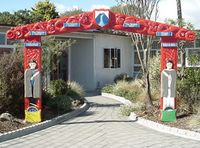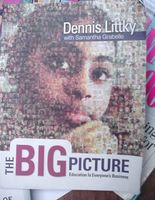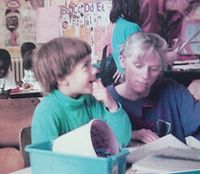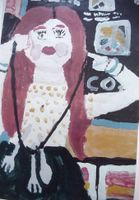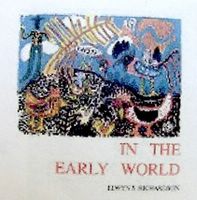
Tapping into student curiosity

I wonder what would happen if all the expert’s curriculums disappeared; and all the standardized tests? And, with them, all the technocrats who believe that everything needs to measured and turned into data. Anyway such people never bothered to measure anything important such as, curiosity, love of learning and persistence; the very things that mark out successful innovative individuals
Instead consider what would happen if we decided to create entire curriculums from question and concerns? Obviously the questions would have to be worth asking and would need to help students develop their natural interests and talents, and as well the future capabilities that students will need to thrive in the future.
Be interesting for teachers, at any level, to list suitable questions that they feel would be useful to study. And, as part of the process, it would be equally interesting to ask students themselves what they would like to find out more about. From both sets of question most teachers could create, or negotiate, a valuable curriculum – but, more importantly, one that would be owned by both teachers and students. Teachers could also ask their students what future attributes they think they will they need to become life long learners. By introducing the concept of multiple intelligences to students other questions, or areas to explore, would emerge.
Even if teachers at various levels simply shared with each other the best units they ever used in their classrooms (judged by student involvement and enthusiasm) across the various learning areas, with a bit of tinkering to get balance, a viable curriculum would eventuate.
Whatever, it is important that students learn to frame their own questions and negotiate their own learning tasks. They would have to decide what is worth knowing. They also would need to negotiate the criteria by which they will assess their own learning.
The first task for teachers, using a curriculum based on student questions, is to ascertain the students ‘prior knowledge’ and then to negotiate tasks to challenge and expand their student’s ideas and, where necessary, correct their misconceptions.
Teachers have an important role to play both in organizing tasks and providing a secure environment for students to complete research tasks. As well, teachers need to: be alert to point out any connections with other learning areas; keep in mind the appropriate enquiry and expressive skills student may need; and provide 'just in time feedback.'
The teacher’s role is one of a learning coach; or a talent scout!
The point of education is to produce competent, caring and confident learners, who are genuinely engaged in their own learning. Students in the future will need to know ‘how to learn’ and to driven by mutual issues that concern them.
This would not casual or ‘free’ learning and, to be successful, students will need to do what they do in real depth, and be able to demonstrate what they have learnt to their peers or parents. Teachers, to ensure quality learning, would need to encourage the students to: do fewer things well; to develop perseverance and resiliency; an appreciation of importance of communication and collaboration; as well as old fashioned virtues of effort and the need to do their best work.
Such a ‘question based’, or ‘just in time’ curriculum, would illustrate to students how original questions often generate deeper questions and new trails of inquiry. It would also encourage them to see relationship between other areas of learning and avoid any ‘hardening of the categories’. Most of all they would see themselves as agents in their own learning, and appreciate that asking and answering questions is the source of all learning.
Losing prescribed curriculums would solve our current failure problem and would allow innovative individuals (who currently find school problematic, often blaming themselves in the process) to shine. And teachers, instead of delivering a ‘one size fits all’ curriculum, would be professionals, developing personalized education tailored to suit the needs of their learners – an education that was natural for students before they entered schools.
I would be easier for everyone! Except for the technocrats who have made a career out of writing, delivering and assessing curriculums!



